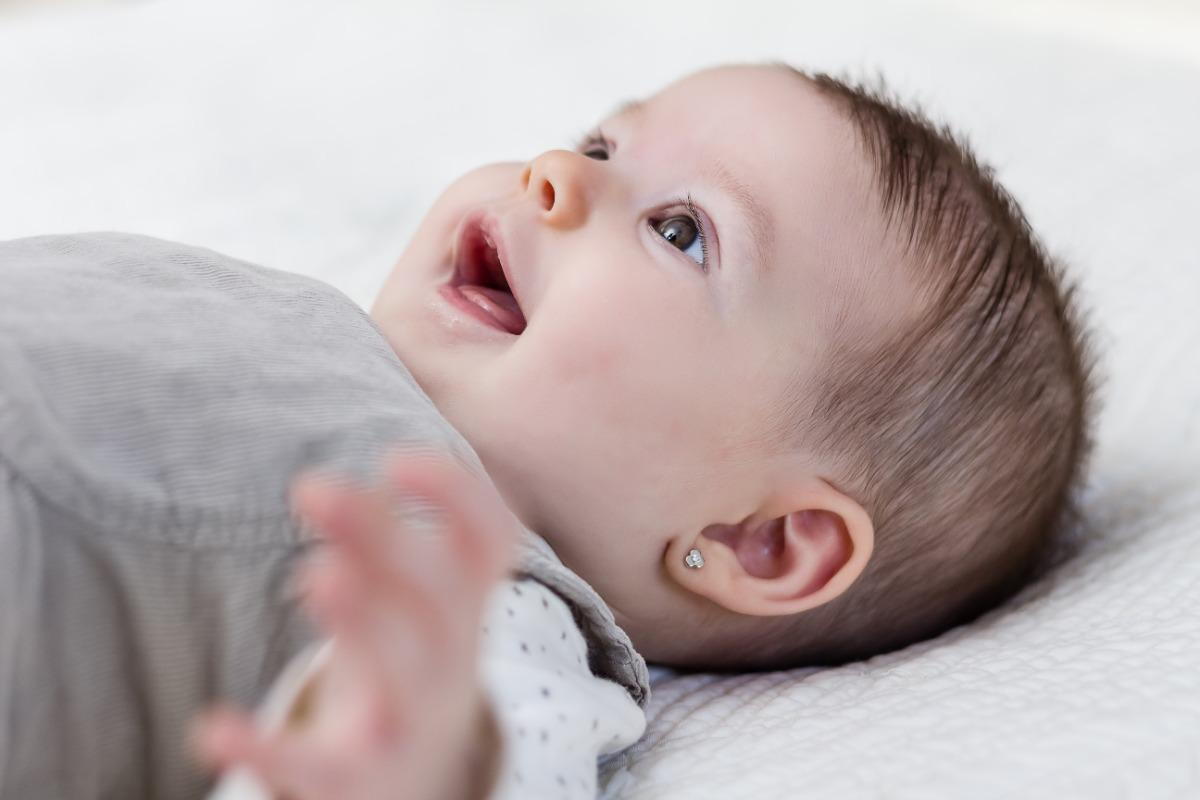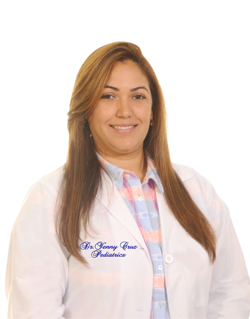
When your child's forehead feels warmer than usual, panic can set in. But fear not, dear caregiver, for you've stumbled upon a treasure trove of knowledge. Here, we unravel the complexities of fever in children, from tiny newborns to towering teens, weaving through the specifics of temperature measurements like 100.5 F to Celsius, and decoding when a fever turns from friend to foe.
The Fever Threshold: Is 100.5 a Fever?
The first whisper of fever often starts at 100.4°F (38°C), the medical community's line in the sand. A temperature of 100.5°F indeed steps over this line, signaling your body's battle against an invader. It's your cue to keep a watchful eye, especially in the very young and those with significant health conditions.
The Warm-Up: 100.5 Fever in the Young
In babies and toddlers, a temperature of 100.5°F might not scream emergency, but it whispers for attention. This slight elevation suggests an immune response, potentially due to a variety of causes, from a common cold to vaccination reactions. Comfort and monitoring are key, as well as understanding when to seek medical advice.
When the Heat Rises: 102.2 and 102.3 Fever
As the thermometer climbs to 102.2°F or 102.3°F, concern heightens. These numbers, particularly in younger children and toddlers, signal a more robust immune response. Hydration becomes critical, as does closer observation for additional symptoms that might indicate the need for medical intervention.
Breaking Point: High Fever in Toddlers
A high fever, such as 106°F, is a red flag. At this point, the body's thermostat is set dangerously high, potentially leading to febrile seizures in toddlers. Immediate cooling measures and urgent medical care are essential to bring the fever down and address its underlying cause.
The Cool-Down: How to Break a Fever in a 3-Year-Old
Breaking a fever doesn't require ice baths or cold showers. Start with simple measures: lightweight clothing, a lukewarm sponge bath, and plenty of fluids to prevent dehydration. Over-the-counter fever reducers may be appropriate, but always consult a healthcare provider for dosages tailored to your child's age and weight.
From Fahrenheit to Celsius: Making Sense of 100.5°F to C
Converting 100.5°F to Celsius (approximately 38°C) helps you communicate effectively with healthcare professionals in countries using the metric system. Understanding these conversions ensures you're accurately interpreting advice and guidelines, no matter the scale used.
Fever at 106: Understanding the Risks
A fever reaching 106°F is a dire emergency. At these temperatures, the risk of neurological damage and febrile seizures increases. Swift action to reduce the fever and professional medical evaluation are paramount to safeguard your child's health.
The Final Word on 100.5 Fever and Beyond
Understanding your child's fever—from mild elevations like 100.5°F to alarming highs of 106°F—is crucial. It's about balancing appropriate care with the right level of concern, ensuring your child receives the attention they need without unnecessary panic.
When to Seek Help: Recognizing the Signs
- Persistent fever beyond 48 hours in children over 2
- Any fever in a newborn less than 3 months old
- Signs of dehydration, like reduced urination
- Difficulty breathing, listlessness, or rash
In the tapestry of parenthood, fever is but one thread, albeit a significant one. By understanding these nuances, from the basics of temperature conversion to recognizing when a fever signals something more sinister, you're better prepared to navigate these fevered waters, ensuring your child's health and your peace of mind.
Need Immediate Assistance or Have Concerns? Contact Us!
Don't let fever fears overwhelm you. At Starlight Pediatrics, we're here to guide you through your child's temperature scares from newborns to teens. Our team of experienced healthcare professionals is ready to provide you with the support and advice you need when dealing with fevers and other health concerns.
For immediate assistance or to schedule a consultation, please reach out to us at:
- 500 Holly Springs Road Suite 101, Holly Springs, NC 27540
- Phone: (919) 762-5113 or (919) 975-5379
- Fax: (919) 762-5130 or (833) 992-2281
- Email: [email protected]
The well-being of your child is paramount to us. Allow us to join you in managing fever worries and all other health matters.


